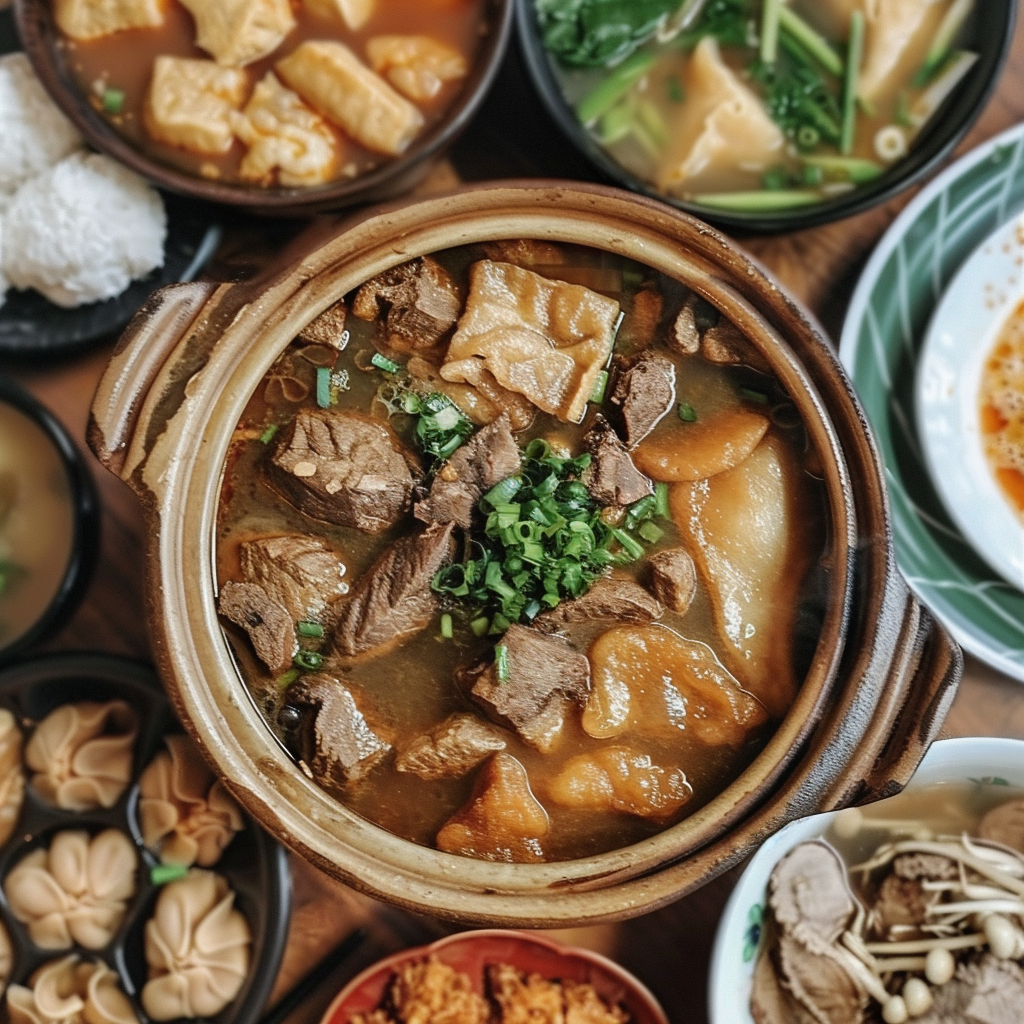
Xinjiang, one of China’s five ethnic autonomous regions, is renowned for its vast territory and rich resources. As the largest province by land area in China, it is globally recognized for its dance traditions, abundant fruits, and precious gold and jade.
The region offers a harmonious blend of breathtaking natural landscapes – pristine plateau lakes, stunning snow-capped peaks, expansive deserts, and ancient cultural sites – inhabited by the ever-hospitable ethnic minorities. For first-time visitors, understanding the distribution of attractions might be a bit challenging.
So, let’s delve deeper into the differences between the northern (North Xinjiang) and southern (South Xinjiang) parts of this magnificent province.
The Geographical Divide
The majestic Tianshan Mountain range stretches from east to west, bisecting Xinjiang into the North and South. Those traveling to Xinjiang often opt for either the North or the South due to the vastness of the region. To explore Xinjiang thoroughly, one might need about 20 days.

Want to know the price of tours? Need to ask for a travel permit? Feel free to contact us. Funtrip can discuss your planned itinerary, assisting with customized, comprehensive planning and cost estimation.
Jewels of North Xinjiang
Notable areas for tourists in North Xinjiang include Urumqi, Altay, and Ili. The region is famous for its unparalleled natural beauty, primarily consisting of grasslands, lakes, and the Tianshan Mountains. Some highlights include the enchanting Sayram Lake, known as “the last tear of the Atlantic”, the heavenly Kanas Lake, and the picturesque Tuva village of Hemu.
These places, especially during the autumn season, attract countless visitors with their stunning colors. For photography enthusiasts, the North is nothing short of paradise. Additionally, North Xinjiang is more economically developed compared to its southern counterpart.
Exploring South Xinjiang
In contrast, South Xinjiang’s main attractions are in places like Kashgar, Hotan, Aksu, and Bayin’gholin. The region is characterized by deserts, gobi terrains, the vast Taklamakan Desert (China’s largest and the world’s tenth-largest desert), and the Tarim Poplar Forest. Kashgar, a pivotal point on the ancient Silk Road, is Xinjiang’s only national historical and cultural city, offering visitors a rich tapestry of Uighur culture and arts. South Xinjiang exudes a more profound cultural and ethnic ambiance compared to the North.
Transportation Insights
- North Xinjiang: Urumqi, the provincial capital located in North Xinjiang, is a major transit hub. The transportation network here is well-developed, offering convenient flights, trains, and buses to cities like Ili and Altay.
- South Xinjiang: Although transportation options are available, they tend to be longer and pricier. Rural roads are prevalent, and major cities like Kashgar and Hotan are relatively distant.

Ethnic Diversity
- North Xinjiang: Dominantly inhabited by the Kazakh and Mongol ethnicities, the region is deeply rooted in nomadic traditions.
- South Xinjiang: The vibrant Uighur and Tajik ethnicities prevail here, with dance, music, and the Muqam being integral parts of their lives.
Climate Considerations
- North Xinjiang: The temperate continental climate offers sufficient rainfall, with significant temperature fluctuations between day and night, making agriculture and animal husbandry primary occupations.
- South Xinjiang: With less rainfall, hotter temperatures, and a drier climate, South Xinjiang faces desertification challenges. However, it is renowned for its long-staple cotton production.
Best Times to Visit
- North Xinjiang: From April onwards, the region blooms with wild apricot blossoms, followed by lavender and peonies. The Kanas scenic area peaks in tourist activity from June to September, with its lush meadows and serene lakes.
- South Xinjiang: Between May and October, the majestic Pamir Plateau offers rejuvenating breezes, and the golden sand beaches, poplar forests, and local villages promise a visual feast. August, in particular, is marked by fragrant fruits and the grand celebration of the Corban Festival.
For many visiting Xinjiang for the first time, the endless grasslands and celestial lakes of the North are the primary attraction. However, after basking in these natural wonders, consider venturing into South Xinjiang to experience its unique culture and heritage. After all, this might be where the heart of the real Xinjiang lies.



